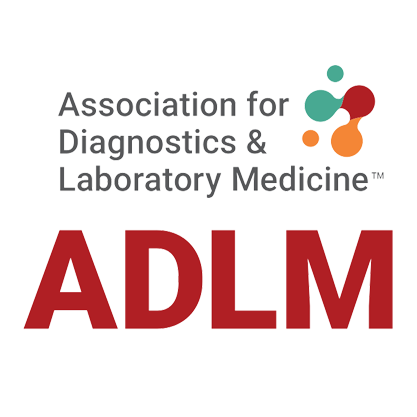Calprotectin is a heterodimer protein expressed by leucocytes and used as a biomarker for Inflammatory Bowel Disease (IBD). It is packed into granular neutrophils (up to 60% of cytoplasmic protein) and released by shedding, active secretion, or cell death. Calprotectin is present in IBD patients because it is expressed by leucocytes that have accumulated in the gastrointestinal tract as part of the inflammatory response and is therefore present in the faeces when intestinal inflammation occurs.
Why measure Calprotectin?
The use of Calprotectin screening has dramatically altered diagnosis of IBD diseases, such as Crohn’s disease and ulcerative colitis. It is considered a reliable marker because it is resistant to degradation and samples can be kept for up to 5 days without affecting tests or results. Calprotectin can be used as a screening tool to differentiate between IBD and Irritable Bowel Syndrome (IBS) and prevent unnecessary endoscopies for patients with low Calprotectin levels. This is a relief to most and makes significant cost savings for healthcare payors, however an endoscopy is still recommended to diagnose patients with suspected IBD based on the UK, Canadian, World and US Gastroenterology Organization guidelines. With an increasing amount of young people, and children being diagnosed with IBD alternatives to invasive tests are vital.
If a patient presents with symptoms of lower abdominal pain, it is important to ascertain between a range of illnesses. Early symptoms of IBD are very similar to IBS. A short list of associated symptoms include:
- Abdominal pain and discomfort
- Irregular bowel movements
- Irregular bowel consistencies
- Nausea
- Bloating
If IBD progresses bleeding, anaemia, weight loss and fever can occur. The causes of IBD versus IBS are very different and differentiating between the two is important for patient care.
Calprotectin tests
Calprotectin levels can be measured through faecal sampling via a variety of testing methodologies. From rapid immunochromatographic (also known as lateral flow) tests, enzyme-linked immunosorbent assays (ELISA), and automated immunoassays, there are tests to suit all situations, from home testing to larger scale laboratory testing. All provide quantitative results, however measurements exhibit variability and no current method is universally accepted as a standard.
The reference ranges for calprotectin levels can vary slightly between different laboratories and assay methods and each manufacturer sets their own cut-off values for IBD and IBS differentiation. 
- <100µg/g = IBD is unlikely
- 100 – 250µg/g = Intermediate result – Repeat the test in 2 weeks
- >250µg/g = Likely IBD refer to secondary care
It is important to note that this pathway is based on testing using the Bühlmann assay, with some compatibility testing performed to understand the cut off differences for the Thermo Fisher assay. It is essential that users are aware of which testing option they are utilizing to ensure the most effective outcomes in their chosen care pathways.
Tracking Calprotectin levels throughout the course of an IBD suffered illness is increasingly aiding treatment decisions. The move from lab-based ELISA to home-based lateral flow tests initiated a study comparing 3 lateral flow tests utilising a smart phone app with known ELISA tests to confirm Calprotectin levels. All three calprotectin home tests and companion ELISAs agreed sufficiently when concentrations were at the high end (≤500 μg/g).
Calprotectin Conclusion
Calprotectin testing has reduced the numbers of endoscopies and colonoscopies required, saving time, money, and patient discomfort. Used in isolation preliminary Calprotectin tests may well have limitations, but in conjunction with full medical history and other diagnostic procedures it is a useful tool to differentiate between IBD and IBS. Using Calprotectin tests throughout the course of a sufferers IBD could help the patient manage their lifestyle and treatments. Aided by the use of smart phone apps that facilitate test readings and can link directly with GP surgeries. International standardisation remains an issue and is something for manufacturer collaboration to resolve.
Logical Biological Products
Logical Biological offers stools/faeces from donors, including those diagnosed with IBD, containing known levels of Calprotectin measured using the Diasorin Liaison test or Bühlmann fCAL® ELISA. This material is suitable for many applications including assay development, assay validation, quality control testing and External Quality Assurance schemes.
Want to hear more from Logical Biological?
Sign up to our newsletter to for the latest updates.
Subscribe Now

)